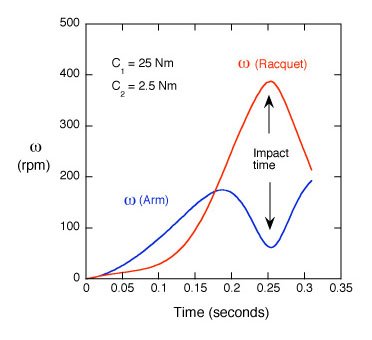Bergboy123
Semi-Pro
I saw someone on these forums say "accelerate EVENLY through the ball" on groundstrokes. I tried it today and liked the results.
I know this sounds elementary, but I realized that I tend to accelerate quickly up until contact with the ball but then I eased off the acceleration and let momentum carry the stroke through.
I went out and specifically made it a very fluid and equal motion from start to finish, without slowing down until my arm was across my chest, and with my forehand especially I felt like it made it better. Definitely seemed to give me a bit more depth and control.
Has anyone else thought of this? Was I the only one who didn't know this fact?
I know this sounds elementary, but I realized that I tend to accelerate quickly up until contact with the ball but then I eased off the acceleration and let momentum carry the stroke through.
I went out and specifically made it a very fluid and equal motion from start to finish, without slowing down until my arm was across my chest, and with my forehand especially I felt like it made it better. Definitely seemed to give me a bit more depth and control.
Has anyone else thought of this? Was I the only one who didn't know this fact?

